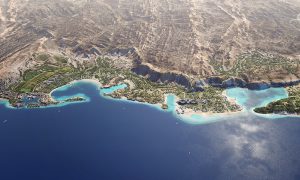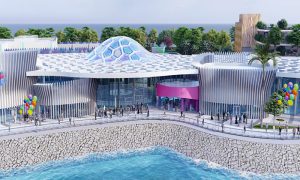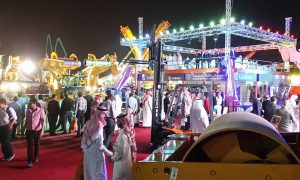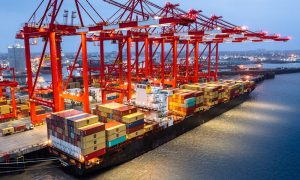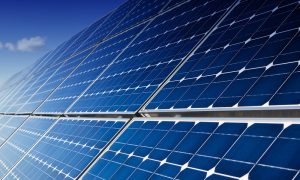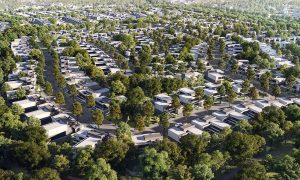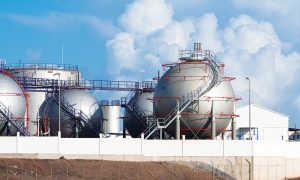Making rail the cornerstone of the region’s future mobility
Significant investment in mainline and urban railway systems can play an leading role in reducing CO2 emissions, says Cécile Texier, VP sustainability and CSR, Alstom
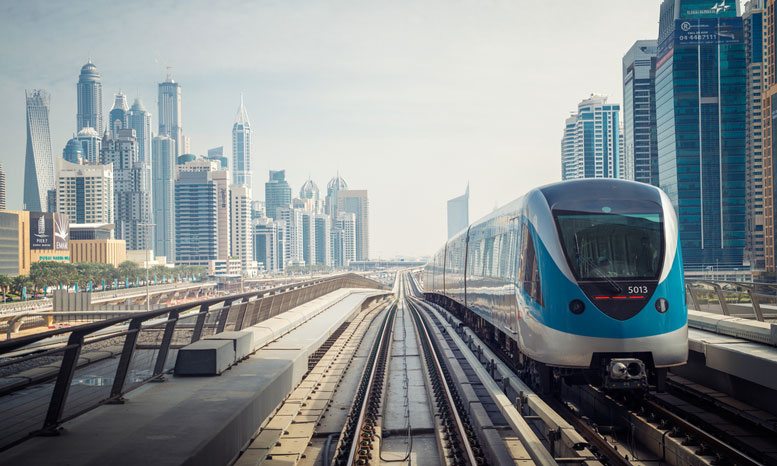
The threat of human-made climate change, pushed by our continuing use of fossil fuels for energy and automotive transportation and the accompanying CO2 emissions, is one of the most urgent crises facing the Middle East and our world today.
While the global energy sector is transitioning towards renewable energy, the global transport sector remains heavily dependent on fossil fuels. Even with current and announced CO2 mitigation policies, transportation CO2 emissions are projected to grow by 60% by 2050.
To prevent climate disaster, and to improve the mobility and health of communities in the Middle East and across the globe, we must decarbonise transportation. Worldwide, transportation accounts for about a quarter of carbon dioxide emissions and 40% of energy usage. Transportation is also a major contributor to localised pollution such as particulates from car, bus and truck engines, which can adversely affect the health of people and communities.
Already, the Middle East is making great gains towards achieving transport decarbonisation. Major regional investments in rail and metro networks, including the Riyadh Metro and the Dubai Metro Red Line extension, are examples of the region’s leadership in driving the modal shift in transportation, and helping to enhance mobility and reduce auto traffic and air pollution. Iraq is also advancing mobility projects, including an elevated light rail in Baghdad and a metro in Basra.
Among these rail projects, the $22.5bn Riyadh Metro is particularly ambitious in its scale, building from scratch a network that will provide comprehensive, city-wide mass-transit coverage. By moving passengers away from the roads and onto an electrically powered transit system, the Riyadh Metro will reduce transport emissions, relieve traffic congestion and improve residents’ health and quality of life. Progressive decarbonisation of electricity can bring additional benefits.
The Riyadh Metro’s Metropolis trains have a variety of innovations to reduce energy consumption, such as full electrical braking to standstill, HVAC regulation, new silicon carbide technology for auxiliary converters and full LED lighting. The trains are also recyclable up to 96%.
For the Dubai Metro Red Line Extension, the Axonis fully integrated metro system offers a 20% energy saving compared with traditional metro systems. Integrated technologies across signalling, tracklaying, power delivery and energy management all contribute to sustainability.
Electrification and Hydrogen Fuel Can Deliver Major Benefits to Mass Transit
But surely, people might ask, won’t electric cars remove many of the environmental advantages of mass transit? Electric vehicles can help to reduce some emissions, certainly. But in and between our dense cities, we need solutions that provide high-capacity transport while minimising land use and carbon footprint.
Electrified rail remains the most effective means of moving large numbers of people, from mainline rail to metro and tram systems. Rail transport can be integrated with last-mile solutions such as private cars and ride-share services. Our ambition must be to reduce emissions and to enable the transition in mobility for each step along the passenger journey.
We must also continue to improve the environmental performance of rail and address the energy transition in rail. Across the EU, for example, only about half of all rail lines are electrified, with the rest powered by diesel. Increasingly, global rail operators are adopting innovations such as hybrid solutions that can combine diesel power with electric batteries, particularly for shunting operations for locomotives.
One of the most exciting developments in electrical mobility is the steady adoption of electric buses worldwide, which can improve convenience, efficiency and the passenger experience. Beyond electrification of rail and buses, hydrogen fuel cells are set to become a key solution for high autonomy and demanding applications in urban mobility.
Alstom has put in commercial service the first train powered by a hydrogen fuel cell, the Coradia iLint. Designed to replace regional commuter trains running on diesel fuel, the Coradia iLint has a 1,000km range on a full tank of hydrogen, and a top speed of 140km/h. While European countries continue to replace their existing bus and rail stock, the Middle East can adopt the latest technology innovations from the outset as the foundation of new mass transit systems.
With the Middle East seeing massive rail investment in brand-new infrastructure and rolling stock, there is a major opportunity for the region to adopt the most advanced and most sustainable technology from the outset. When combining urban mobility with the even larger investment in renewable energy, the Middle East is in prime position to be a leader of change.

